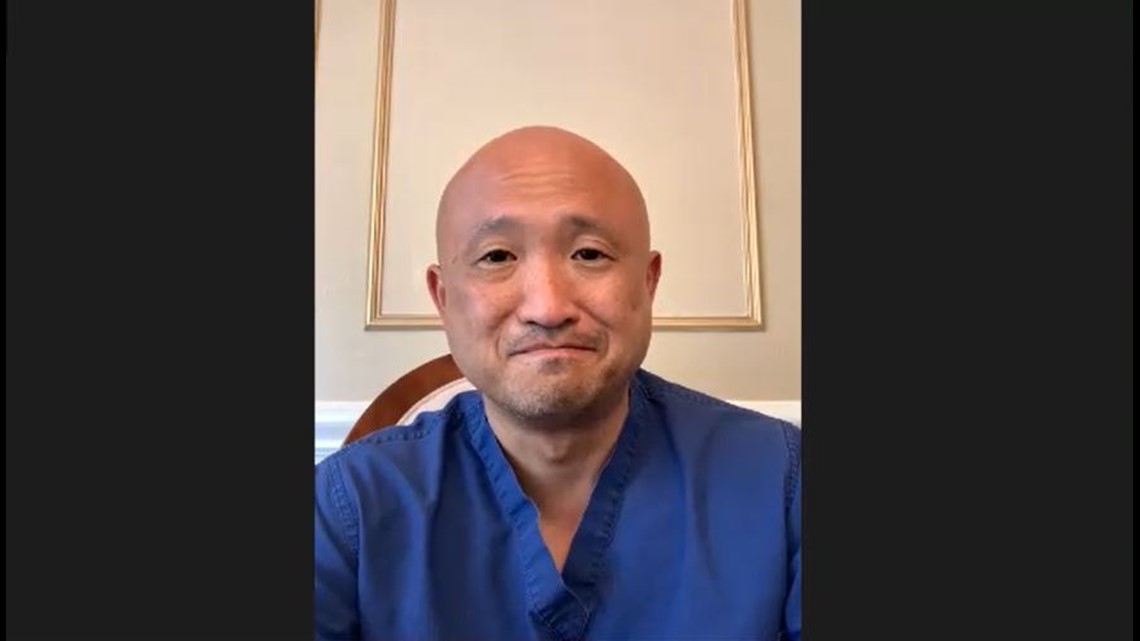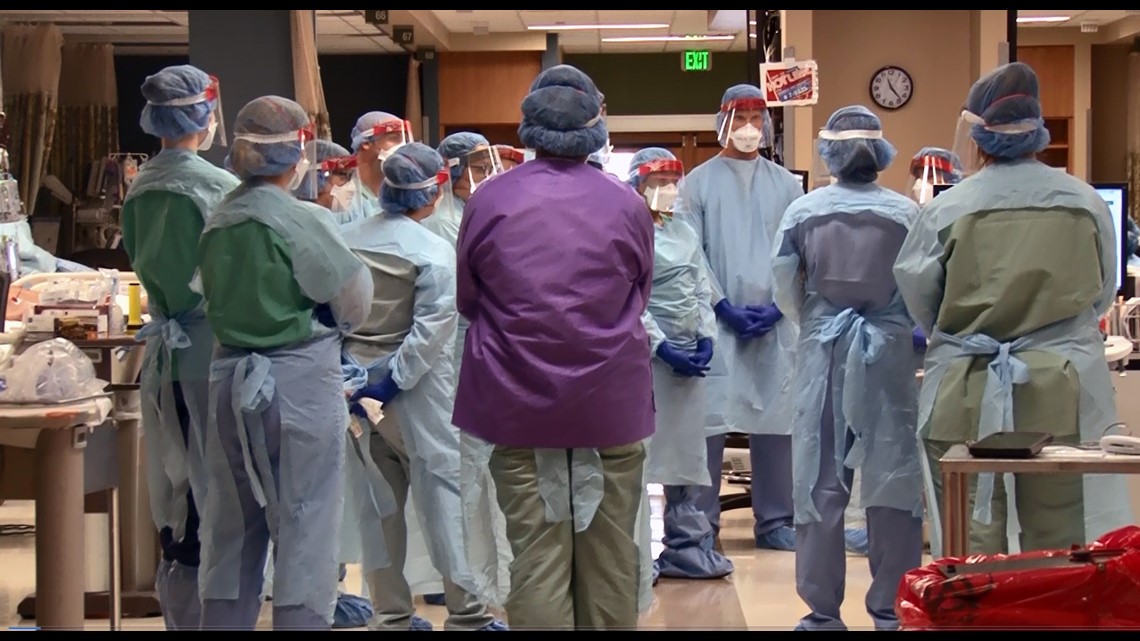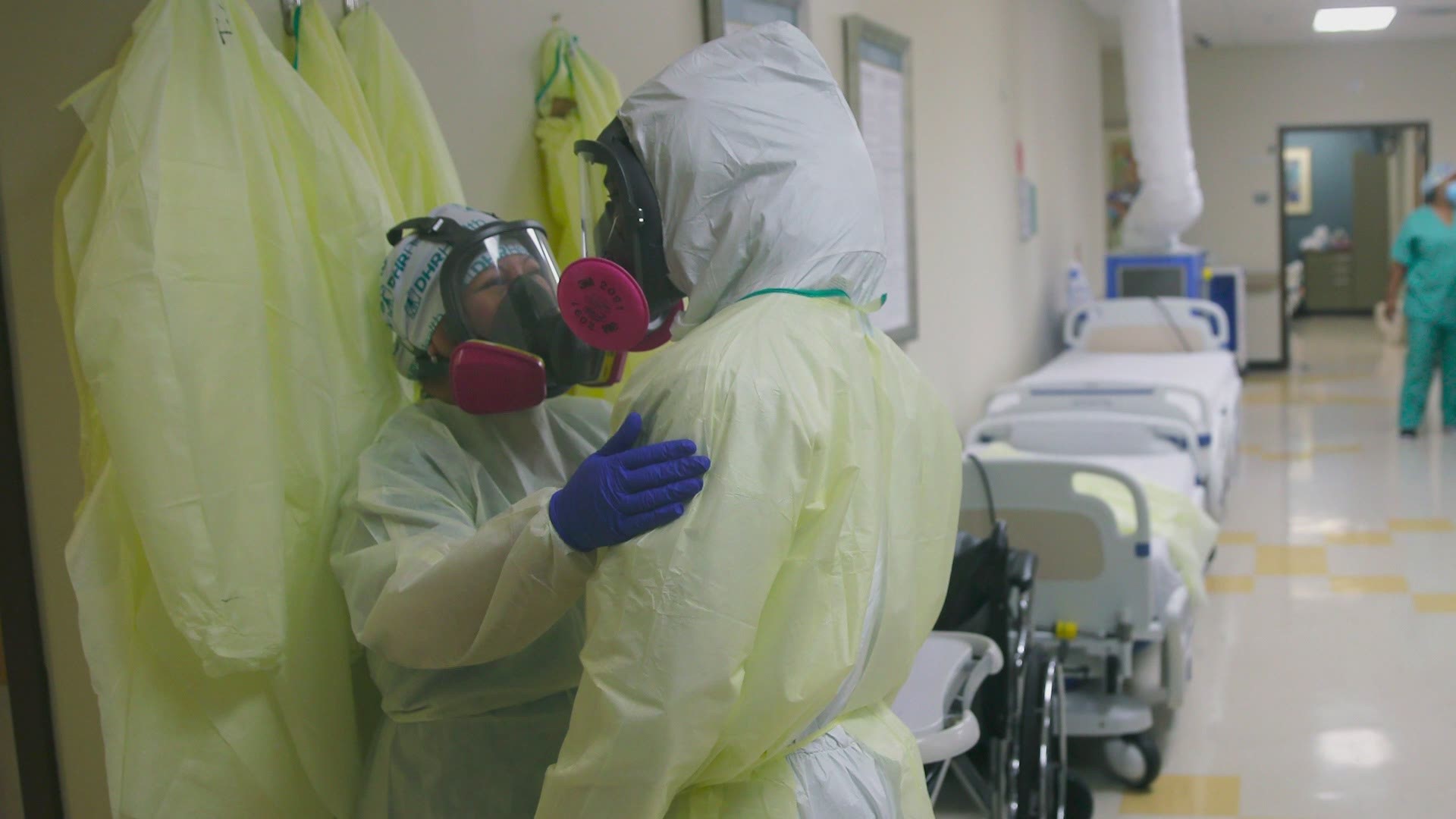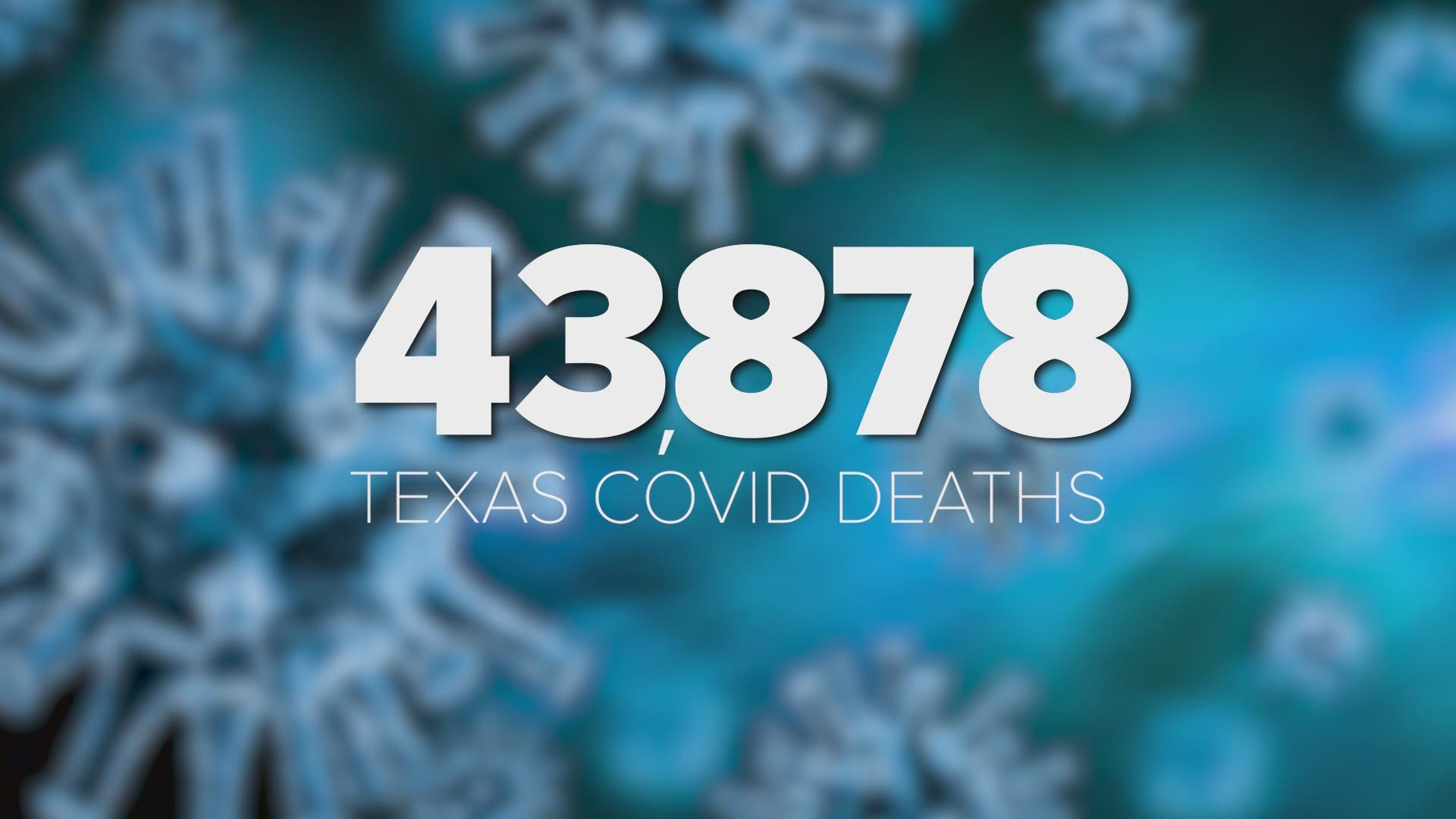DALLAS — North Texans spent the first couple months of 2020 watching news coverage about a mysterious virus spreading across China and then emerging in Seattle.
To a lot of people, it probably seemed like someone else’s problem.
But March 9, 2020 brought the news that the virus would be our problem, too.
A Frisco family was the first in North Texas to contract the virus after a father took a work trip to California.
Within days of his return, he and two members of his family tested positive.
On March 10, 2020, Dallas County and Tarrant County reported their first COVID cases.
“There are a million things I’d tell myself if I went back to those days. I’d sort of reassure myself that things would be OK,” said Dr. Joseph Chang, chief medical officer at Parkland Hospital.


As long as the past 12 months have felt, it seems almost as if no time has passed because Chang’s memories are so vivid.
He remembers on that day in March feeling a sense of fear about what was ahead.
“We had no idea what the disease was,” he admits. “We had no idea what the consequences were going to be health wise. But really on the bigger scale, we had no idea the difference it was going to make in our lives.”
Dallas County Judge Clay Jenkins said by this time last year he’d been briefed by the CDC, but “there’s so much we know now that we didn’t know then.”
Chang now looks back and wonders if Parkland was treating COVID patients before they even really knew what COVID was.
“I distinctly remember before March trying to figure out if it was COVID or not and sending lab [specimens] off to the CDC because there were no tests to be found anywhere,” Chang said.
Within days of the first cases emerging, North Texans would be advised to change their daily habits – avoid crowds, work from home if possible, increase hand washing and keep distance between themselves and others.
Within weeks the advice would turn to orders.
A stay-at-home order was issued for Dallas County in late March, and days later the state of Texas would follow suit.
Over the course of the next 12 months, Chang’s fears did at times become reality.
“There was a day back in July – now thinking back July was nothing compared to December - but back in July the emotions were really raw,” he recalled, “and there was a day that it felt like we couldn’t help anyone.”
“At Parkland we were used to getting through whatever. And that day was the day I felt like we may not beat this thing,” he said.
The loss of life has been staggering.
More than 8,300 North Texans have died from COVID as of March 9, 2021.


The state of Texas has recorded more than 44,400 COVID deaths.
Dallas County has lost more than 3,150 residents.
Jenkins said he thinks of those lives every day.
“Today’s list had 31 deaths on it,” he said on Tuesday.
“I take a moment to think of those families, read those names and say a prayer. Every one of those lives is precious. Every one leaves behind a family that loved them.”
Jenkins and Chang said it feels like the end is nearing as vaccinations ramp up and new cases, hospitalizations and deaths begin to decline.
“We’re going to get through this by continuing to wear our masks and getting as many people vaccinated as we can,” Jenkins said.
Chang said seeing people lining up to get a COVID vaccine brings hope to healthcare workers who remain physically and mentally exhausted.
If he could talk to the version of himself that wondered on that summer day if the virus would win, he knows what he would say.
“I’d tell that guy, ‘You will get through.’”


